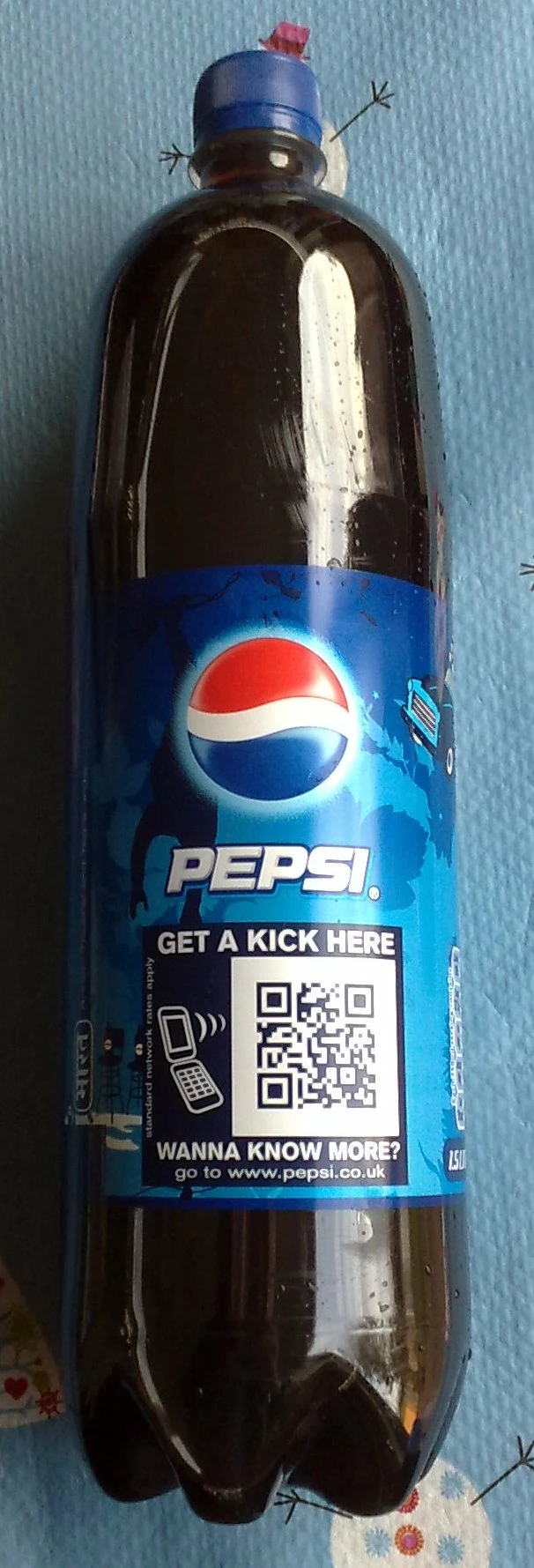
Partner Article
QR codes must fit advert design and brand - or they get ignored
People are less likely to scan Quick Response (QR) codes if they aren’t seen to fit the advert or the brand, new research from King’s Business School has found.
Professor Shintaro Okazaki warns that marketers need to be aware that a complex visual design combined with a QR code that isn’t perceived to belong can be thwarting their intentions of drawing in potential consumers.
“Many firms all over the world are using QR codes, but the numbers of people actually scanning them are still quite low,” Okazaki says. “Incorporating them effectively into a campaign remains very important as it’s one of the few ways to jump from a 2D advert to the internet.”
The researchers found that people could be overwhelmed by adverts that are too complex and include a code that lacks aesthetic appeal, unless they are unusually curious.
Okazaki says the key to successfully using QR codes lies in giving people a tangible incentive to scan, like coupons or competitions, and ensuring that the code fits with the branding.
“This is all in the design process. The code should be incorporated into the advert and extensive feedback should be sought, perhaps by conducting in-depth pretests. If the QR code fits harmoniously in the design, even consumers who are only slightly curious will be more likely to scan it.”
The researchers used Coca Cola advertising posters to assess how curiosity, the complexity of a visual design, and the perceived fit with a brand affected consumers’ intentions to scan. The findings were recently published in the Journal of Business Research.
This was posted in Bdaily's Members' News section by King's Business School .








 A year of resilience, growth and collaboration
A year of resilience, growth and collaboration
 Apprenticeships: Lower standards risk safety
Apprenticeships: Lower standards risk safety
 Keeping it reel: Creating video in an authenticity era
Keeping it reel: Creating video in an authenticity era
 Budget: Creating a more vibrant market economy
Budget: Creating a more vibrant market economy
 Celebrating excellence and community support
Celebrating excellence and community support
 The value of nurturing homegrown innovation
The value of nurturing homegrown innovation
 A dynamic, fair and innovative economy
A dynamic, fair and innovative economy
 Navigating the property investment market
Navigating the property investment market
 Have stock markets peaked? Tune out the noise
Have stock markets peaked? Tune out the noise
 Will the Employment Rights Bill cost too much?
Will the Employment Rights Bill cost too much?
 A game-changing move for digital-first innovators
A game-changing move for digital-first innovators
 Confidence the missing ingredient for growth
Confidence the missing ingredient for growth